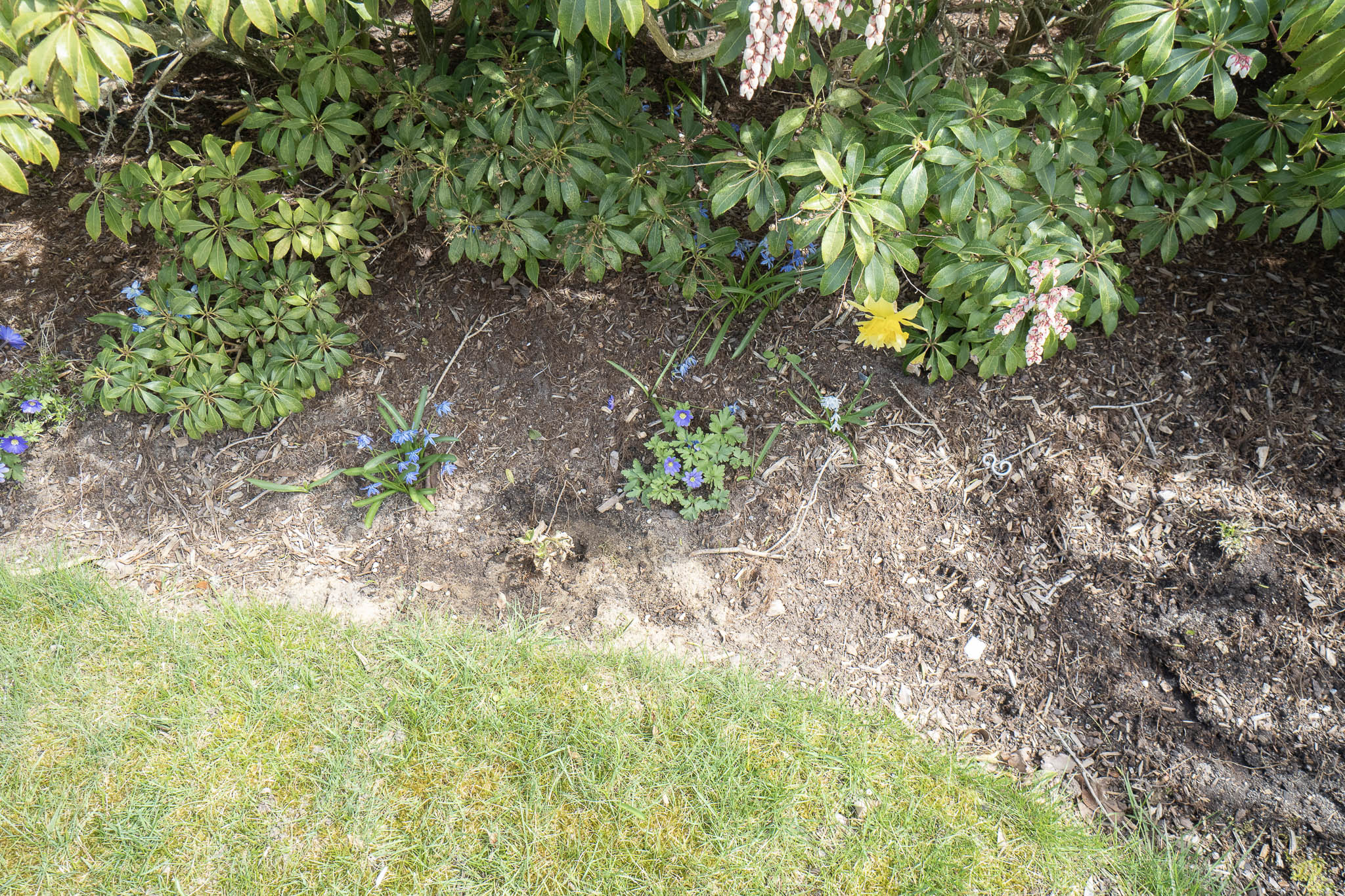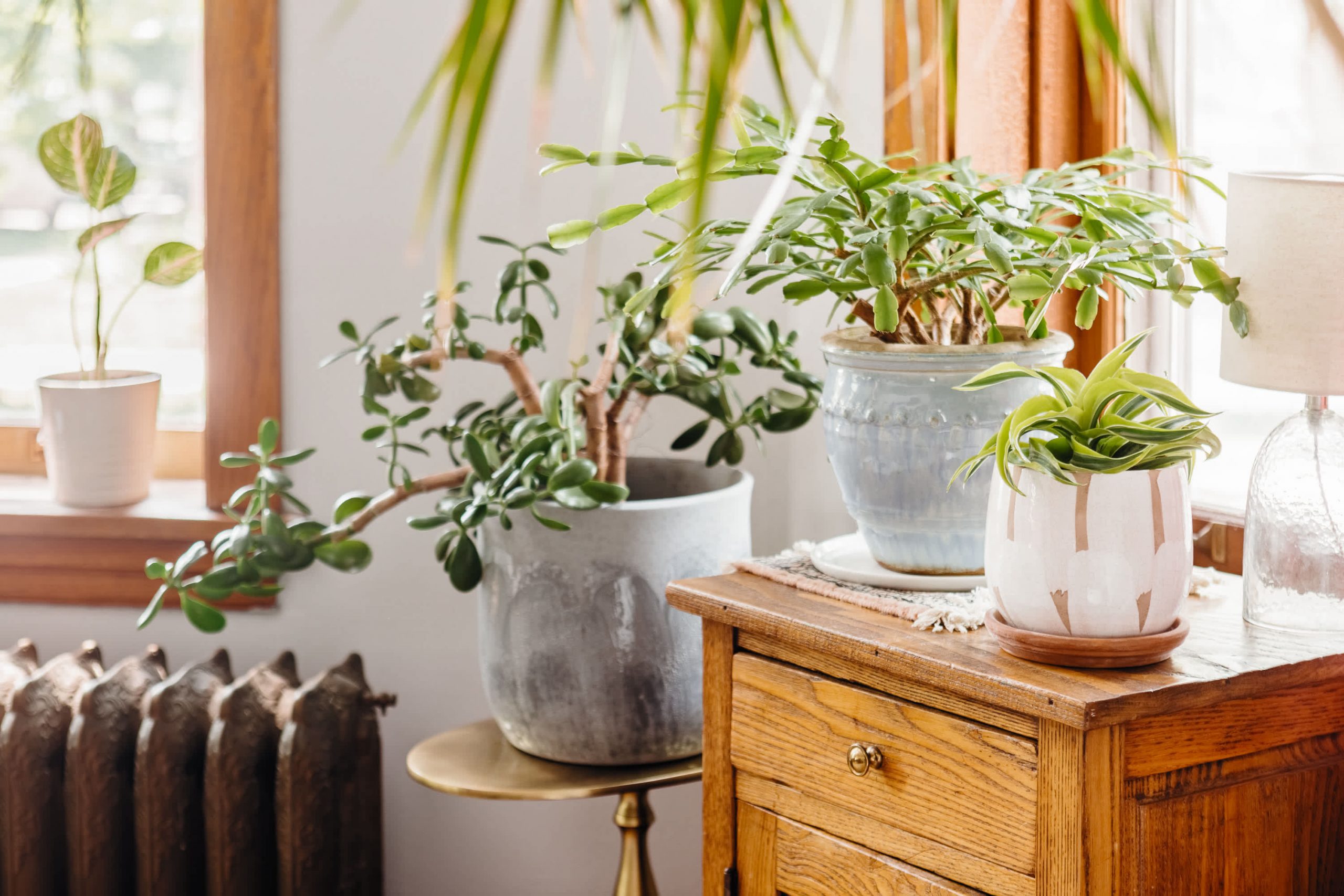To dispose of dead plants, you can either compost them or place them in your yard waste bin. Properly disposing of dead plants helps prevent disease and pests from spreading in your garden.
Composting is a natural and eco-friendly way to dispose of dead plants, as it allows them to break down into nutrient-rich soil. You can add dead plants to your compost pile along with other organic materials like fruit and vegetable scraps, grass clippings, and leaves.
Alternatively, you can place dead plants in your yard waste bin for curbside pickup, ensuring they are properly contained to prevent scattering. By following these methods, you can responsibly and effectively dispose of dead plants.

Credit: www.countrydiaries.com
Understanding The Importance Of Proper Plant Disposal
Proper plant disposal is essential as it has a significant ecological impact. Responsible plant disposal brings numerous benefits, both to your garden and the community. Improper disposal can lead to the spread of diseases and pests, causing harm to other plants and ecosystems.
It can also contribute to soil and water pollution, affecting the environment and wildlife. By disposing of dead plants correctly, you can prevent these negative consequences and promote a healthier garden and community. Responsible disposal methods include composting, recycling, or contacting your local waste management facility for guidance.
Remember that the way you dispose of dead plants matters, not only for the health and beauty of your garden but also for the well-being of the environment as a whole.
Identifying Different Methods For Plant Disposal
Identifying different methods for plant disposal can help you make an eco-friendly choice. Composting is a great option as it transforms dead plants into organic matter, enriching the soil for future growth. Recycling plants through creative repurposing gives them a second life, reducing waste and promoting sustainability.
If your plants are still salvageable, consider donating them to others who can revive and enjoy them. However, if all else fails, landfill should be the last resort for plants that cannot be saved. By following these methods, you can responsibly dispose of dead plants while contributing to a greener environment.
Make sure to choose the method that suits your needs and aligns with your commitment to sustainability.
How to Dispose of Dead Plants in 6 Easy Steps
Step 1: Evaluating The Condition Of The Dead Plants
Evaluating the dead plants is the first step in disposing of them properly. Assess their overall health and potential for revival. Look out for signs of disease or pests that may require special considerations during disposal. By examining these factors, you can determine the best method for getting rid of the dead plants.
This ensures that any potential risks or issues are addressed appropriately. Whether it’s through composting, burning, or burying, understanding the condition of the plants is crucial for making the right decision. Take the time to carefully evaluate each plant individually before proceeding with the disposal process.
By doing so, you can ensure the most effective and environmentally friendly approach to getting rid of dead plants.
Step 2: Preparing The Plants For Disposal
To prepare dead plants for disposal, start by removing soil and potting material from potted plants. Next, clear excess foliage and trim larger plants for easier handling. This step is important to ensure proper disposal and prevent any potential disease or pest spread.
By removing the soil and potting material, you reduce the risk of contamination and make it easier to manage the plant remains. Additionally, clearing excess foliage and trimming the plants will simplify the process of transporting them to the designated disposal area.
Remember to handle the plants with care to avoid any injuries or accidents. Properly preparing the plants for disposal is crucial for maintaining a healthy and clean environment.
Step 3: Composting The Dead Plants
When disposing of dead plants, composting is an effective method. To compost the dead plants, you should first select a suitable location and composting method. Layering the dead plants with other organic materials will optimize the decomposition process. It is important to monitor and maintain the composting process to ensure successful results.
Composting dead plants not only helps with waste management but also benefits your garden by providing nutrient-rich soil. Properly composted plants can be used as a natural fertilizer, contributing to the growth of healthy plants. So, instead of throwing away dead plants, consider composting as an eco-friendly solution.
Step 4: Recycling Dead Plants
When it comes to recycling dead plants, there are several creative ways you can repurpose them in your home or garden. Exploring local recycling programs and resources can provide you with options for plant recycling that are both environmentally friendly and innovative.
Instead of simply throwing away dead plants, consider using them as compost for your garden or as natural decorations in your home. You can also transform them into diy plant pots or use their leaves for crafting projects. Another idea is to create a beautiful dried flower arrangement or use the plant stems as supports for climbing plants.
By repurposing dead plants, you not only reduce waste but also give them a new lease on life in a unique and sustainable way.
Step 5: Donating Dead Plants
Donating dead plants can be a meaningful way to give them a second chance. First, identify organizations or individuals who may benefit from your plants. Next, prepare the plants for donation by ensuring they are suitable for rehoming. This involves checking for diseases, trimming dead leaves, and repotting if necessary.
Once ready, reach out to local community gardens, schools, or nonprofit organizations that accept plant donations. Coordinate the pickup or drop-off of the plants with them. Keep in mind that certain plants may be more sought after than others, so inquire about specific preferences.
By donating your dead plants, you not only prevent them from going to waste but also contribute to the beautification and greenery of your community.
Step 6: Proper Disposal At The Landfill
Properly disposing of dead plants is crucial, and in some cases, the landfill may be necessary. Understanding when the landfill becomes the appropriate option for plant disposal is important. When other methods like composting or mulching are not viable, the landfill can provide a safe solution.
However, there are essential steps you should follow when taking dead plants to the landfill. Firstly, ensure that the plants are completely dead and not salvageable. Next, remove any non-organic materials, such as plastic pots or metal stakes, from the plants.
Then, place the dead plants in a durable bag or container for transport. Finally, contact your local landfill to inquire about their specific guidelines and procedures for plant disposal. By following these guidelines, you can ensure the proper disposal of dead plants while minimizing any environmental impact.
Tips For Effective Dead Plant Disposal
There are important steps to consider when disposing of dead plants to prevent the spread of diseases and pests. First, it’s crucial to follow your local regulations and guidelines for plant disposal. This helps maintain a healthy gardening environment. Secondly, promoting sustainable practices is essential for both your garden’s wellbeing and the overall environment.
One way to achieve this is by composting dead plants, turning them into nutrient-rich soil for future use. Additionally, you can remove any diseased or pest-infested parts of the plant before disposal. This reduces the risk of spreading harmful organisms to other plants.
By being mindful of these guidelines, you can effectively dispose of dead plants while contributing to a healthier gardening ecosystem.
Frequently Asked Questions On How To Dispose Of Dead Plants
How Do I Dispose Of Dead Plants In My Garden?
To dispose of dead plants in your garden, you can either compost them or place them in your green waste bin. If composting, chop the plants into small pieces and mix them with other organic materials. If using the green waste bin, ensure the plants are free from any pesticides or diseases.
Can I Dispose Of Dead Plants In The Regular Trash?
It is not recommended to dispose of dead plants in the regular trash, as they can decompose and cause odors. Additionally, some areas have specific regulations for plant disposal. It is best to check with your local waste management facility to find out the proper disposal methods for dead plants in your area.
How Can I Repurpose Dead Plants?
Dead plants can be repurposed in various ways. You can use them as mulch in your garden beds, create decorative arrangements, or even use the dead stems for crafting. Before repurposing, make sure the plants are free from any diseases or pests that may affect other plants or your health.
Conclusion
Taking the proper steps to dispose of dead plants is not only essential for maintaining a clean and healthy environment, but it also plays a significant role in sustainable gardening practices. By following the guidelines outlined in this blog post, such as composting or recycling, you can contribute to reducing waste and even enrich the soil for future plantings.
Remember to remove any diseased plants to prevent the spread of pests or pathogens and consider repurposing or donating plants that are still in good condition. Additionally, be cautious when handling toxic plants and dispose of them safely to avoid any harm.
Taking responsibility for the proper disposal of dead plants not only benefits your own garden but also contributes to the overall well-being of the ecosystem. Happy gardening and remember to stay mindful of the environment!

